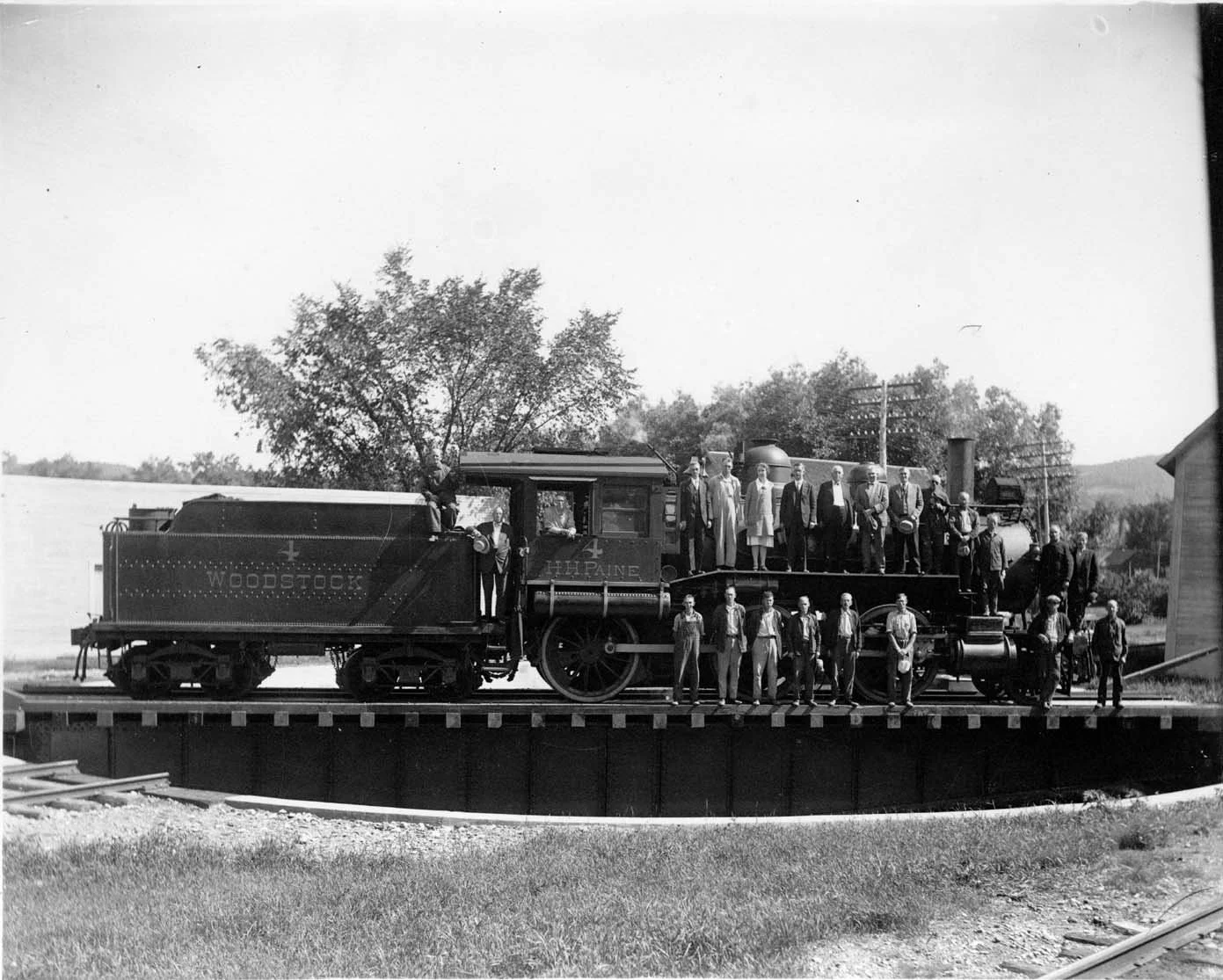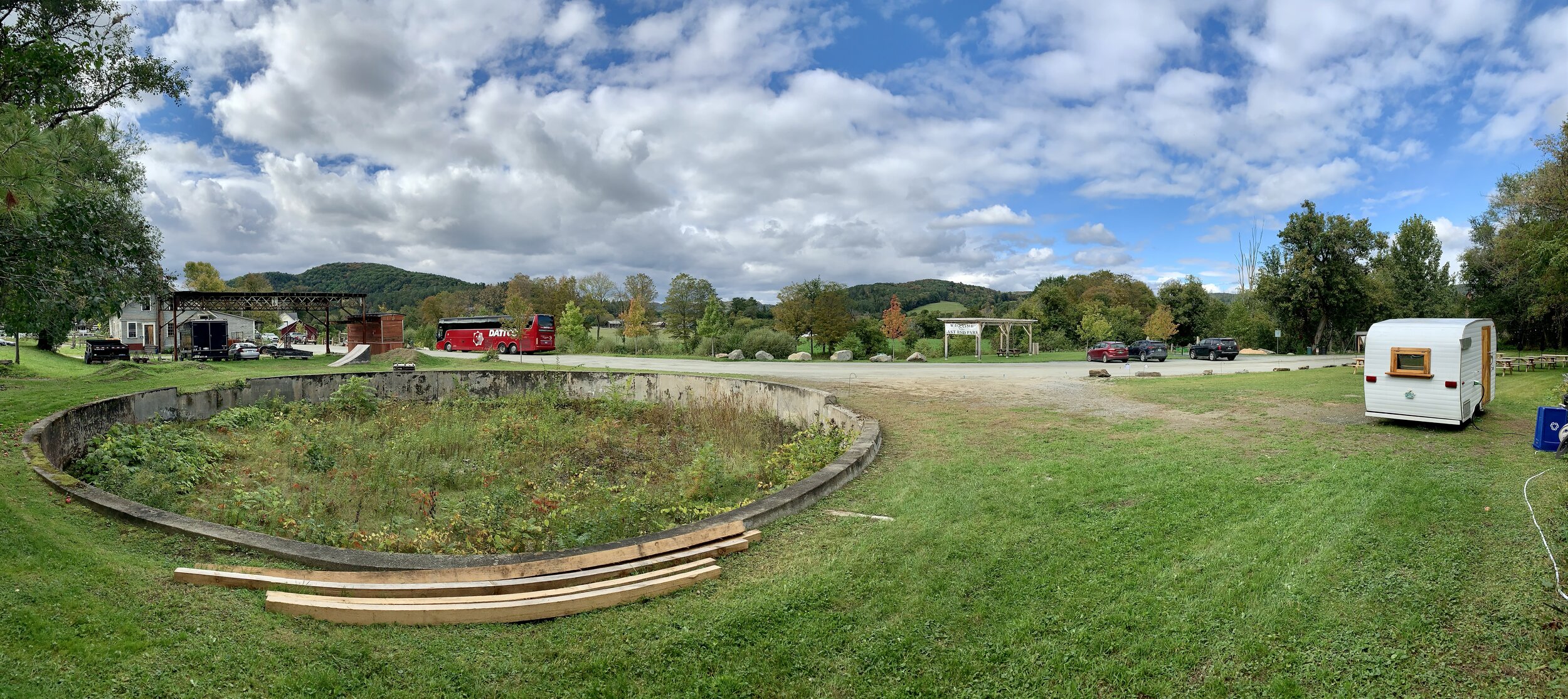
Turntable
Once a gateway to Woodstock
Now a space for our community and visitors to gather.
About.
In 1933, the last Woodstock Railway engine turned around in the Village’s East End, and left town. Today, the old foundations and grounds of Woodstock’s only rail stop are being reimagined as an outdoor gathering spot with food, drink, music, and games. Adjacent to beautiful East End Park and the Ottaquechee River Trail head, with views across the river of Billings Farm and Mt. Tom, The Turntable is one of the area’s most unique and picturesque outdoor gathering grounds.
Our hope is to honor the rich history of this location and to create a space where the community and visitors can gather. Currently, we’re doing that with outdoor seating, games, and food and drink vendors.
Have an idea? Let us know!
History
Our namesake is a big round concrete foundation that supported the turntable for the Woodstock Railway’s train depot from 1875 until 1933. During this fifty-eight year stint, the Woodstock Railway ran along a 13.88 mile track from White River Junction to Woodstock, crossing the Quechee Gorge on the way. The Woodstock Railway not only transported goods, but also the visitors who flocked to Woodstock then, just as they do today.
This railroad, also known as the “iron horse,” served as a connection between Woodstock and it’s surrounding communities— White River Junction and Quechee. At just 50 cents a ticket, the railway helped introduce recreation travel that many locals had never experienced, and also helped usher in many coming from New York City and Boston, with the promise of beautiful mountain scapes and scenes of cows feeding in green pastures.
The Woodstock Railroad became an integral part of the community as well. Whether it was to grab a train from White River to Woodstock in order to attend school, pick up goods transported from far or surrounding towns or travel to see family and friends, the railway became a way of life that locals depended on.
With the introduction of the passenger car, investments shifted to highways, and the Woodstock Railway lost funding for upkeep. On the occasion of the railway’s final trip in 1933, a Woodstock paper printed, “We shall miss seeing that homey little train at White River Junction which always looked spic and span waiting for passengers, express and mail to go over the line to Woodstock.”
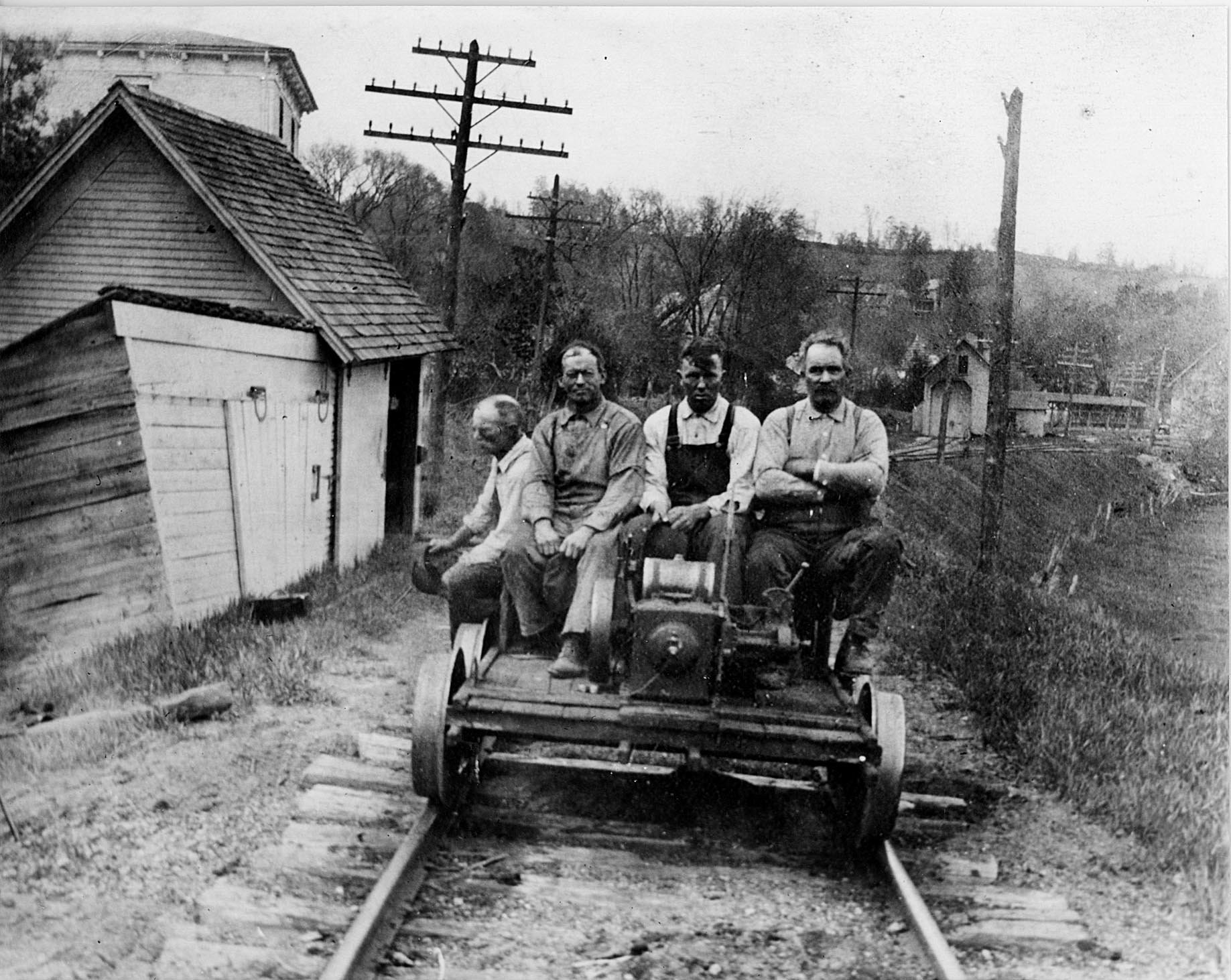




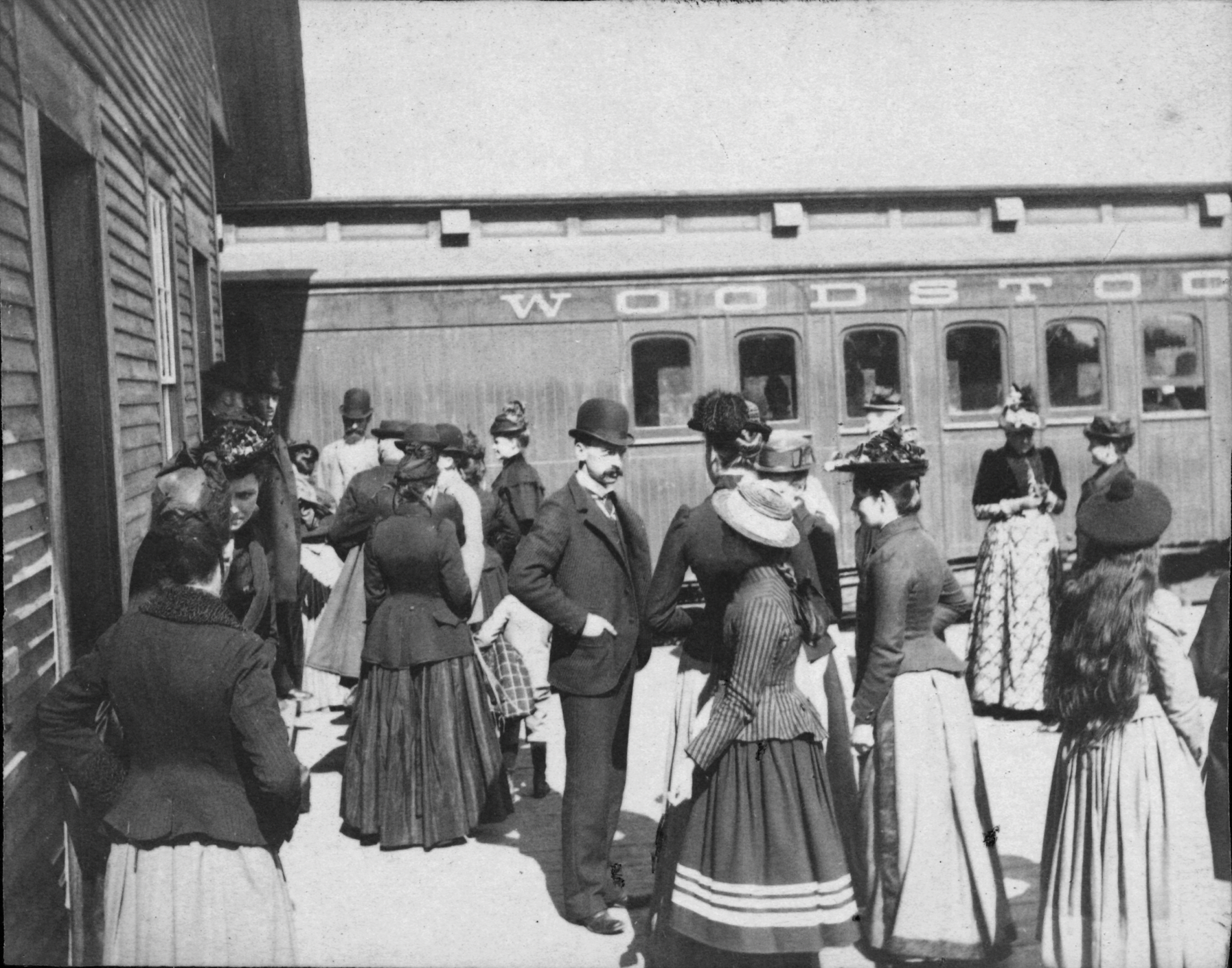
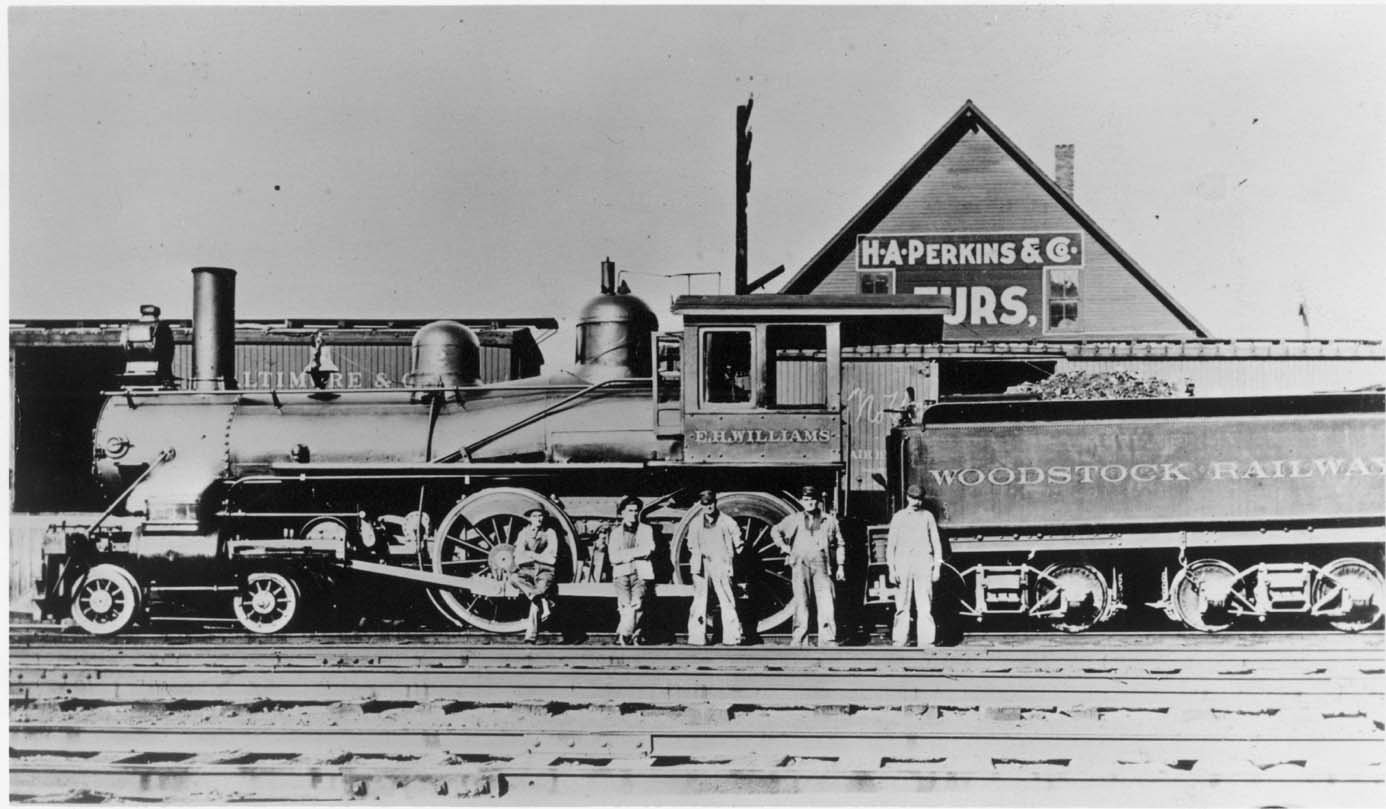
Photographs Courtesy of the Woodstock History Center

